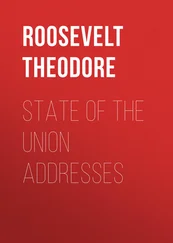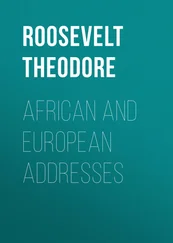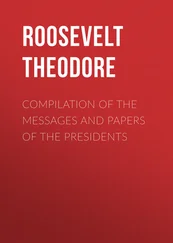Benton had now taken the position which he was for many years to hold, as the recognized senatorial leader of a great and well-defined party. Until 1828 the prominent political chiefs of the nation had either been its presidents, or had been in the cabinets of these presidents. But after Jackson's time they were in the Senate, and it was on this body that public attention was concentrated. Jackson's cabinet itself showed such a falling off, when compared with the cabinets of any of his predecessors, as to justify the caustic criticism that, when he took office, there came in "the millennium of the minnows." In the Senate, on the contrary, there were never before or since so many men of commanding intellect and powers. Calhoun had been elected as vice-president on the Jacksonian ticket, and was thus, in 1829, presiding over the body of which he soon became an active member; Webster and Clay were already taking their positions as the leaders of the great National Republican, or, as it was afterwards called, Whig party.
When the rupture between Calhoun and the Jacksonian Democrats, and the resignation of the former from the vice-presidency took place, three parties developed in the United States Senate. One was composed of the Jacksonian Democrats, with Benton at their head; one was made up of the little band of Nullifiers, led by Calhoun; and the third included the rather loose array of the Whigs, under Clay and Webster. The feeling of the Jacksonians towards Calhoun and the Nullifiers and towards Clay and the Clay Whigs were largely those of personal animosity; but they had very little of this sentiment towards Webster and his associates, their differences with them being on questions of party principle, or else proceeding from merely sectional causes.
CHAPTER V
THE STRUGGLE WITH THE NULLIFIERS
During both Jackson's presidential terms he and his adherents were engaged in two great struggles; that with the Nullifiers, and that with the Bank. Although these struggles were in part synchronous, it will be easier to discuss each by itself.
The nullification movement in South Carolina, during the latter part of the third and early part of the fourth decades in the present century, had nothing to do, except in the most distant way, with slavery. Its immediate cause was the high tariff; remotely it sprang from the same feelings which produced the Virginia and Kentucky resolutions of 1798.
Certain of the Slave States, including those which raised hemp, indigo, and sugar, were high-tariff states; indeed, it was not till towards the close of the presidency of Monroe that there had been much sectional feeling over the policy of protection. Originally, while we were a purely agricultural and mercantile people, free trade was the only economic policy which occurred to us as possible to be followed, the first tariff bill being passed in 1816. South Carolina then was inclined to favor the system, Calhoun himself supporting the bill, and, his subsequent denials to the contrary notwithstanding, distinctly advocating the policy of protection to native industries; while Massachusetts then and afterwards stoutly opposed its introduction, as hostile to her interests. However, the bill was passed, and Massachusetts had to submit to its operation. After 1816 new tariff laws were enacted about every four years, and soon the coast Slave States, except Louisiana, realized that their working was hurtful to the interests of the planters. New England also changed her attitude; and when the protective tariff bill of 1828 came up, its opponents and supporters were sharply divided by sectional lines. But these lines were not such as would have divided the states on the question of slavery. The Northeast and Northwest alike favored the measure, as also did all the Southern States west of the Alleghanies, and Louisiana. It was therefore passed by an overwhelming vote, against the solid opposition of the belt of Southern coast states stretching from Virginia to Mississippi, and including these two.
Конец ознакомительного фрагмента.
Текст предоставлен ООО «ЛитРес».
Прочитайте эту книгу целиком, на ЛитРес.
Безопасно оплатить книгу можно банковской картой Visa, MasterCard, Maestro, со счета мобильного телефона, с платежного терминала, в салоне МТС или Связной, через PayPal, WebMoney, Яндекс.Деньги, QIWI Кошелек, бонусными картами или другим удобным Вам способом.
Justin McCarthy.












